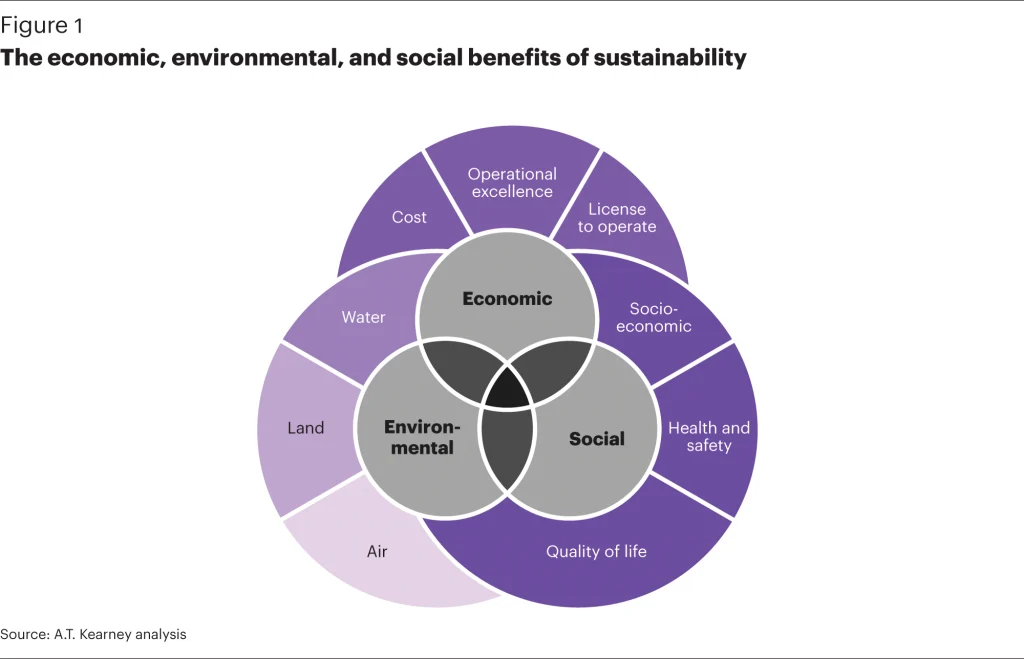July 24, 2022
Sustainable Mining
Over the last centuries, unsustainable and destructive mining methods had a dramatic effect on the environment, ecosystem, and human health. Acid mine drainage pollution of waterways, devastation of wildlife habitats, destruction of lands, and the introduction of respirable dust to nearby communities are just some of the consequences. Sustainability in mining has been gaining more interests among mining industries and stakeholders in recent decades, as opposed to the traditional emphasis on economics in the industry.
According to UNESCO, sustainable development is defined as “development that meets the needs of the present without compromising the ability of future generations to meet their own needs.” In this context, sustainable mining aims to harvest the earth’s natural resources in such a manner that future generations may enjoy the land and economic resources just as much as we did. Despite the simplicity of the description, the mining sector and stakeholders are still striving to establish the sustainability standards and frameworks.

Currently, mining companies seek to involve stakeholders from the start of a project to ensure that the project is sustainable from economic, social, and environmental perspectives. For example, they guarantee that the mining operation disturbs as few areas as possible and that mine lands are reclaimed during mining and after mine closure. Furthermore, they attempt to reduce the effect of mining on rivers and ecosystems during the mining operation by using advanced water treatment techniques. Finally, they will provide frameworks for all stakeholders to utilize in assessing the economic, social, and environmental effect of mining projects.